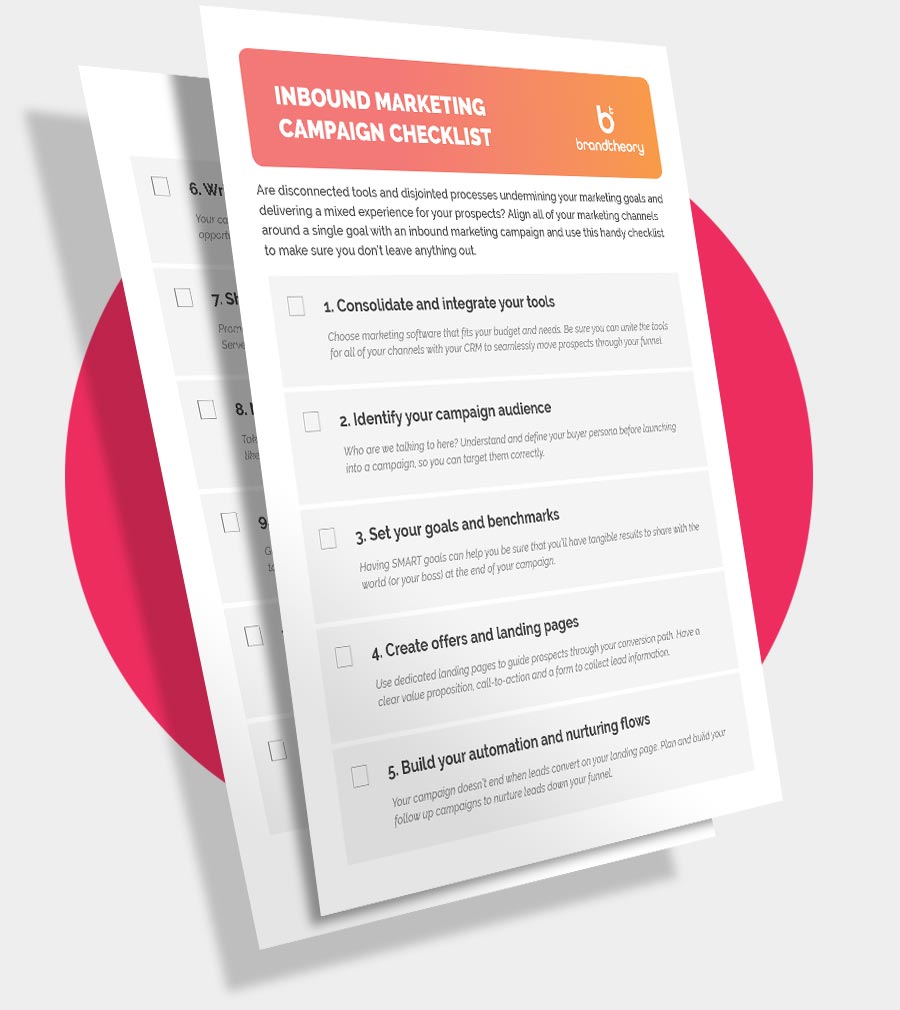We live in the age of convenience, where consumers have information accessible 24/7 at their fingertips. Or, at least they expect to have it.
When your website visitors have questions, problems or other needs, will they be addressed quickly and efficiently with a personalized touch? Or will your business come across as an out-of-touch operation that doesn’t understand how to deliver a modern customer experience? As your bounce rates may confirm, this decision is often made in a few short seconds.
While Chatbots aren’t new to the scene, they have evolved into powerful tools for both B2C and B2B marketers in response to the demand for instant information and a seamless brand experience. While many businesses recognize that chatbots are on the rise, few fully appreciate the magnitude of the increase and even fewer are prepared to meet customer expectations.
For visitors to your website, chat promises information and answers in an instant. No filling out forms. No waiting for an email response. And, most importantly, no going elsewhere for what they need.
For marketing, sales and service teams, chatbot software provides full-funnel benefits — with streamlined results from lead generation through customer support.
In this article, we’ll cover the basics, along with 10 key benefits of chatbots, and share some industry-leading resources to get your online chatbot strategy started.
What Is a Chatbot?
A chatbot is a computer program that simulates human conversation through text or voice.
Chatbots vs Artificial Intelligence
Chatbots and Artificial Intelligence are two terms that are often confused. What’s the difference?
Artificial Intelligence (AI) refers to computer systems able to perform tasks that normally require human intelligence, such as visual perception, speech recognition, decision-making, and translation between languages. While advanced chatbots can be powered with artificial intelligence, other chatbots are not.
Rule-based chatbots: Chatbot software tools without AI functionality are called “rule-based chatbots” because they simply follow a script they’ve been given, typically involving a decision-tree of if/then statements.
AI-powered chatbots: Software that learns from customer interactions, draws from previous conversations and offers contextual solutions. The more conversations an AI-powered chatbot has, the more it will learn, improve and deliver increasingly accurate results.
Chatbots Can Improve User Experience and Business Results on Websites. Here are 10 Reasons You Should Get on Board Now:
1. Offer Quick Solutions to Your Prospects and Customers
Modern consumers want information and they want it now. They want their problems to be solved quickly and completely. They also want to engage with your business on their own terms — when and where it’s convenient for them.
The best chatbots will improve customer response rates around the clock — during or after business hours — providing accurate, personalized and instant responses to common issues and frequently asked questions.
HubSpot Research found that 82% of consumers rate an "immediate" response as important or very important when they have a marketing or sales question. And 90% of consumers rate an "immediate" response as important or very important when they have a customer service question.
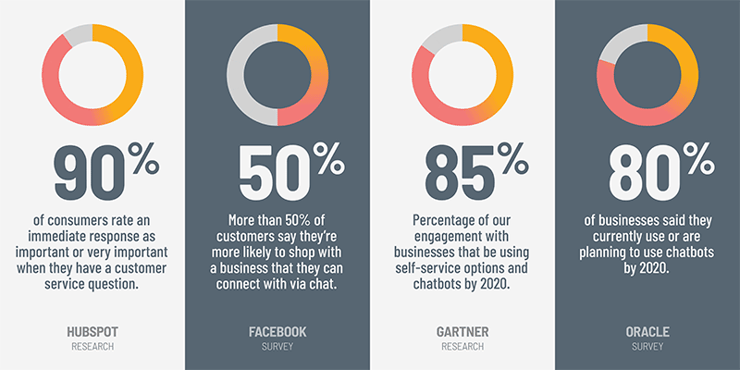
The bots are here to stay. Research by industry leaders confirms consumer and business intent to increasingly rely on chat functionality.
2. Streamline Customer Support
Triage support conversations by allowing customers to self-select through a series of scripted questions before being handed off to a live representative. This cuts down on time spent gathering information via phone or email and frees up valuable employees to work on more high-value tasks. Data collected by your chatbot will prepare support representatives with relevant information, while also helping uncover growing issues or trends that require high-level attention.
3. Collect Lead Data with Less Friction
Forms equal friction. It’s a universal truth. No user experience has ever been improved by introducing a form.
We’re tired of pecking away at our mobile devices.
We’re exhausted by the redundant, transactional process of entering our data into those empty boxes.
Even the word “form” conjures up dreadful images of paperwork and red tape.
When done right, the conversational interaction unique to chat makes data collection less of a brick wall and more like a few quick, friendly questions.
Whether your chatbot is signing up new blog subscribers, registering event guests or offering a piece of gated content, the strain is reduced and the experience improved.
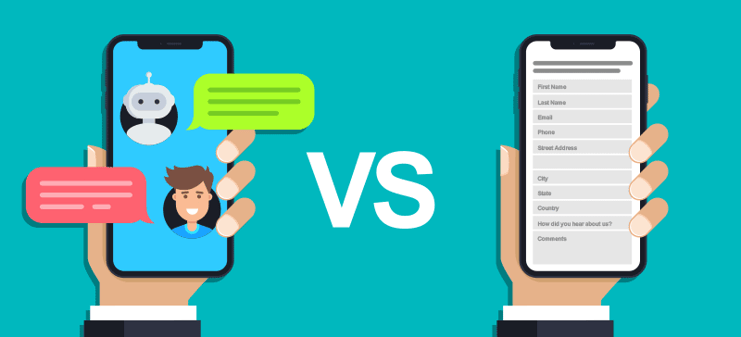
Reduce friction and improve user experience. A chatbot can strike up a conversation with a prospect and collect information. Conversations are infinitely more engaging than a static web form.
4. Qualify Leads in an Instant
Every visitor to your site won’t be a quality lead. All who engage with your chatbot won’t either. When users interact with a chatbot though, it’s expected they’ll be asked a few questions in order to be given helpful solutions.
Smart marketers will incorporate lead qualifying questions into this exchange. A chatbot can ask a website visitor specific questions to help them narrow down relevant products or services, while at the same time qualifying their level of interest.
By helping to qualify and prioritize leads, a chatbot will make your sales team more productive. By identifying their needs early in the process, prospects will enjoy a more personalized buyer journey.
5. Empower Your Sales Team
With a quality CRM integrated, you’ll automatically sync every chat transcript to the corresponding contact record for easy reference by your sales team. With these conversations logged in a contact history, they’ll have valuable context for future engagements and will be better prepared to follow up with relevant, personalized content to help close more deals.
6. Go Beyond Email — Nurture Now
Email is an essential component of marketing strategy but a year-over-year drop in click through rates confirms that consumer patterns are on the move. Not everyone engages with chat, but a growing number of consumers prefer its messaging format to staggered emails.
With chatbots, you can apply the same logic you use in your email nurtures, but make it happen instantaneously with prospects who are actively engaged. Instead of requesting an email address, then following up with a series of emails, you can have the whole conversation happen in your chatbot tool, all within seconds.
Queue up the content assets from your email campaigns and offer them up in real time. Factor in the length of your email campaigns and you’re likely trimming considerable time from your sales cycle.
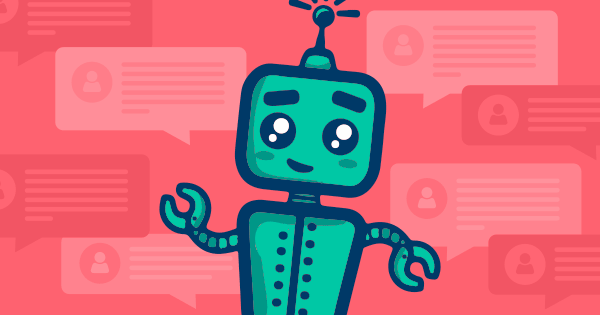


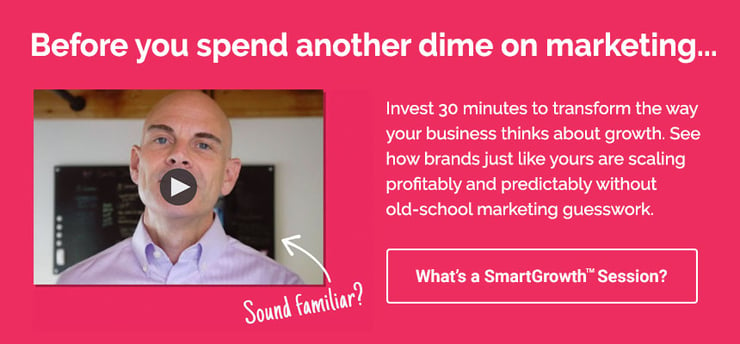

.png)
.png)
.png)
